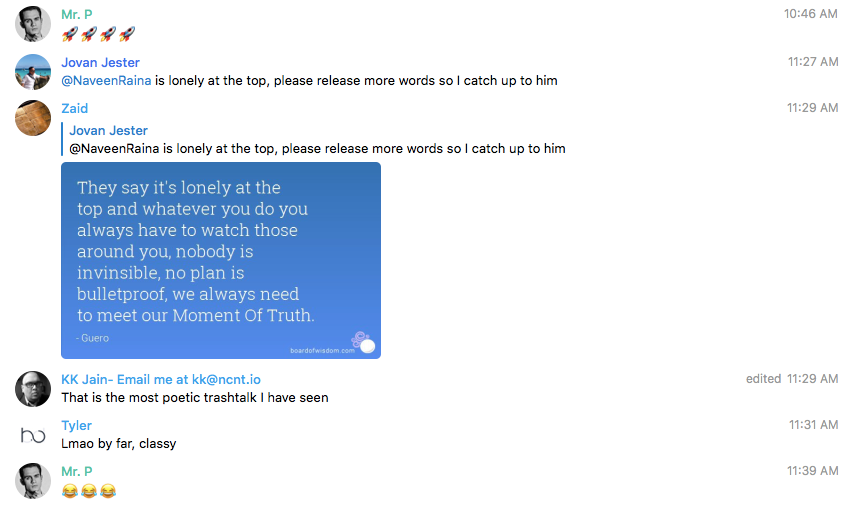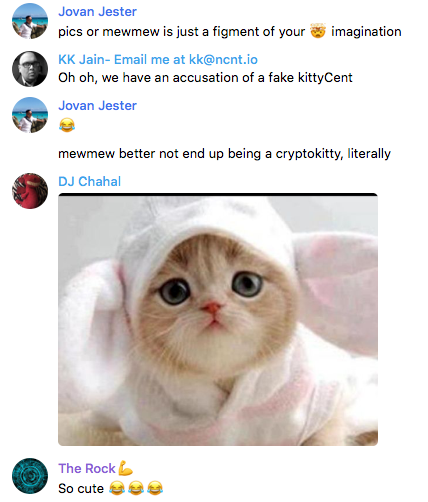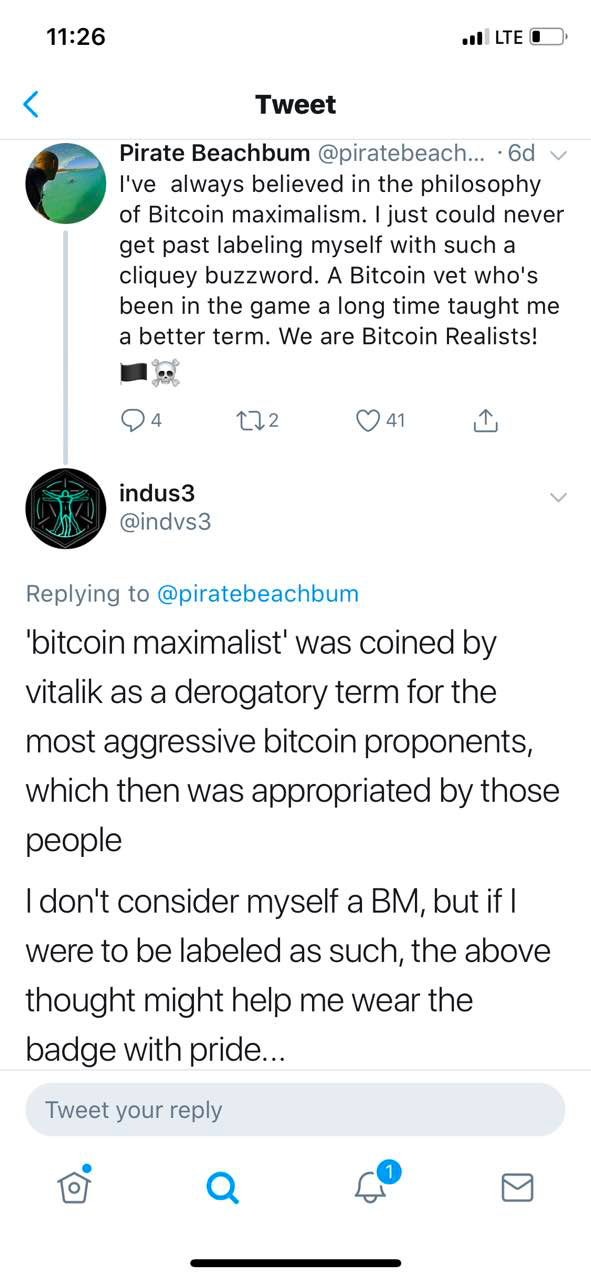Latest news about Bitcoin and all cryptocurrencies. Your daily crypto news habit.
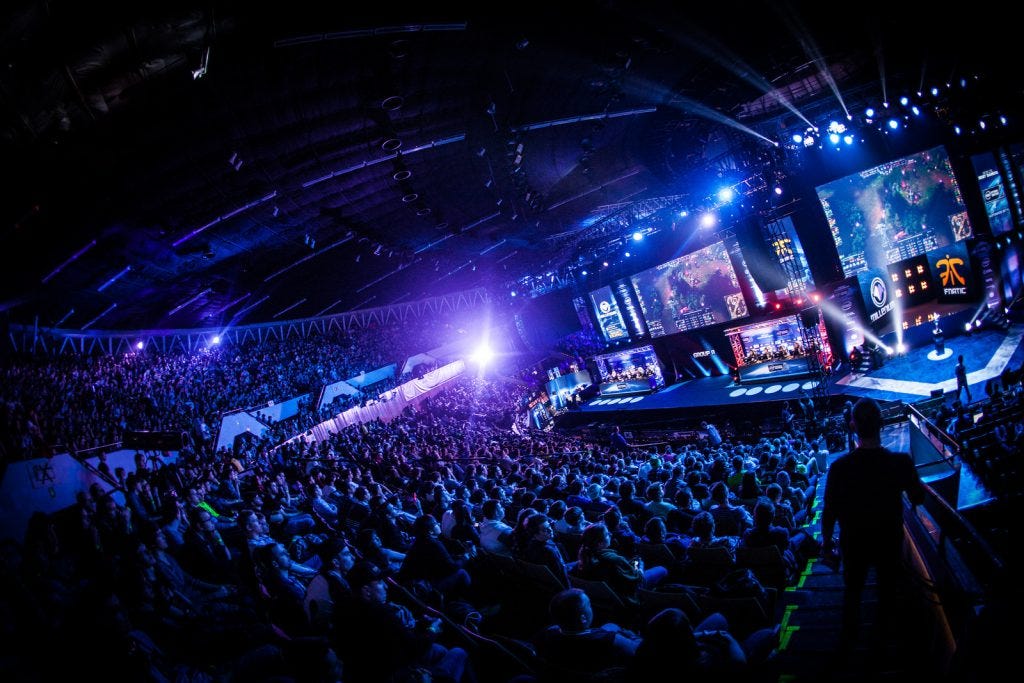 ESL Intel Extreme Masters 2014, San Jose (4 Million Online eSports Viewers)
ESL Intel Extreme Masters 2014, San Jose (4 Million Online eSports Viewers)
A tribal network has the potential to become a viral network, especially in certain online contexts. That is why the world of blockchain has assigned an aspirational meaning to the word ‘tribalism.’ If you can create or tap into a “tribal” network, then its users will keep it (the “tribe”) alive and growing. If we knew more precisely what tribalism was and how we could create it, therefore, we could motivate large groups of people to act as essentially one. Combined with the right incentive market, especially one implemented on a blockchain, the effects of tribalism in our economy could be nothing short of revolutionary. We therefore need to inquire into the tribalism itself. What is tribalism, and how do we create it?
 “What are we? Humans? Or animals? Or savages?” ― William Golding, Lord of the Flies © Faber and Faber 1954
“What are we? Humans? Or animals? Or savages?” ― William Golding, Lord of the Flies © Faber and Faber 1954
1. Tribes are formed primarily through shared experiences.
Research like this shows that people experience amplified emotions when they go through an experience together. Even something as simple as eating chocolate, for example, feels more pleasant when another person is eating it along with you. Scholarly works like this one show that the same goes for attending to the same sports event, musical performance, or political speech together with other people. Happy events feel happier, sad events feel sadder, and irritating events feel more irritating when they are shared with others.
The amplified emotions that shared experiences create have important downstream effects. More extreme emotions mean that shared experiences are remembered better than solitary experiences. Since memories form the foundations of trust, shared experiences literally hardwire us to feel more trust towards the members of our tribe. What’s more, when people experience strong emotions, they generally assign them great significance. As a result, people see shared experiences and the strong emotions they bring as powerful sources of meaning.
For example, consider the powerful shared experience that Tough Mudder provides. Friends and acquaintances endure an arduous obstacle course together as they co-experience strong emotions and physical fatigue. This is a source of strong bonding that strengthens the community. If someone did a challenge like this on their own, without a group of friends, the experience would be much less powerful.

The nCent community itself has grown thanks to shared experiences like wordCent, our global crossword puzzle contest. As we explained in this post, wordCent became more than just a contest. It helped us grow a communal identity. We joked around with each other––
And we even rallied around our favorite lovesick kitty, mewmew —
Shared experiences, even those conducted online, cultivate a strong sense of community.
2. Social interaction reigns supreme.
The opportunity to interact with another person is also a precursor for tribalism. Broadly, social connection is a powerful determinant of happiness and well-being. In fact, loneliness (the opposite of social connection) is as big a risk factor for mortality as excessive drinking and daily smoking. For most people, even short interactions can create the feeling of social connection. Networks that can create more social connection between members, whether digitally or in-person, are more likely to create tribalism.
For example, consider the opportunity to sit in an arena and watch popular Esports competitions alongside other fans. Not only do fans get to share the experience of seeing their idols play their favorite game, but they also get to interact and share war stories with like-minded fans. These in-person conversations provide a key bonding function to the gaming network, which has proven to be one of the most tribal and viral networks.
At nCent, we regularly hold events, like our most recent hackathon, that bring people interested in crypto together for an entire day of problem solving and hacking. This mental equivalent to a Tough Mudder provides a shared experience that can grow a community like ours.
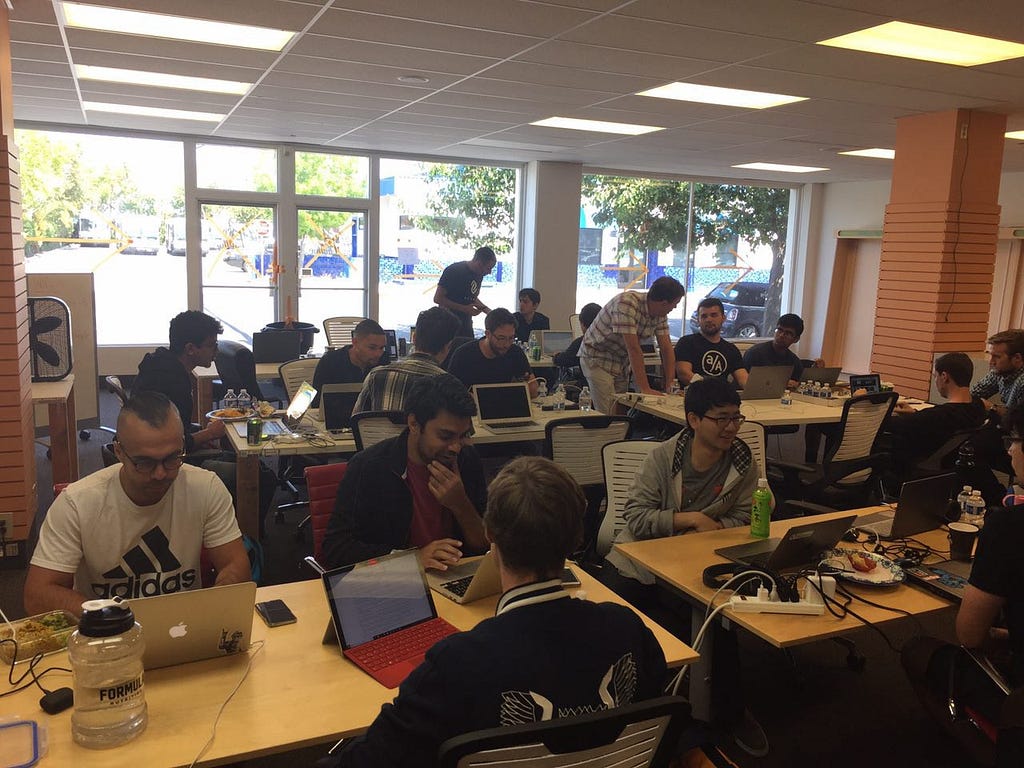 Our biweekly hackathons cultivate our community of contributors.
Our biweekly hackathons cultivate our community of contributors.
3. Helping one another generates strong bonds.
Helping others another critical factor for well-being, and one that is especially suitable for creating tribalism in blockchain-driven networks. Helping others makes people happy, makes their lives more meaningful, and makes people feel that they are more effective. Moreover, it creates norms of cooperation and increases others’ desire to reciprocate. As circles of reciprocity grow, the network grows. Thus, networks that allow people to help each other are more likely to create tribalism, which is partly characterized by feelings of obligation to help one another.
For example, the streaming platform Twitch.tv provides ample opportunities for helping. Specifically, streamers can ask fans to donate to charities and fans can donate to the streamers’ channels. Helping generates positive feelings and a sense of community.
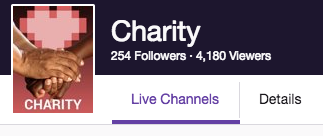 Twitch.tv has tapped into the power of charity to cultivate the Esports “tribe”
Twitch.tv has tapped into the power of charity to cultivate the Esports “tribe”
At nCent, we’ve tried to show that blockchain technology can help charities collect donations and might even become a key ingredient in the fight against cancer.
4. A common outgroup or nemesis provides a rallying call.
Any analysis of tribalism cannot ignore people’s tendency to unite when a common adversary is present. Research like this shows that a common enemy creates significant amounts of ingroup unity. Examples of this component of tribalism can be found in the blockchain community itself. Some have claimed, for example, that Ethereum’s Vitalik coined the term ‘Bitcoin maximalist’ to create a tribal identity pitted against an arch nemesis —
But some advocates of Bitcoin graciously accepted the title nevertheless and reclaimed it as a badge of honor. These rivalries are a source of motivation and cohesion. Having a common adversary can be a potent precursor to tribalism and network growth.
Tribalism is a helpful tool for achieving the potential of blockchain-driven networks to solve problems and attain goals. But without knowing its causes (and potential dangers), we can’t use it effectively. In a previous post, for example, we explained how tribalism can be utilized in a way that does not incite violence. It will be important to keep these insights in mind as we move forward and continue to explore the potential uses of tribalism in online (blockchain) communities.
To become a member of the nCent community, join our telegram channel and visit our website. Feel free to email me at any time: kk@ncnt.io.
What Tribalism Teaches Us About Online Communities was originally published in Hacker Noon on Medium, where people are continuing the conversation by highlighting and responding to this story.
Disclaimer
The views and opinions expressed in this article are solely those of the authors and do not reflect the views of Bitcoin Insider. Every investment and trading move involves risk - this is especially true for cryptocurrencies given their volatility. We strongly advise our readers to conduct their own research when making a decision.
